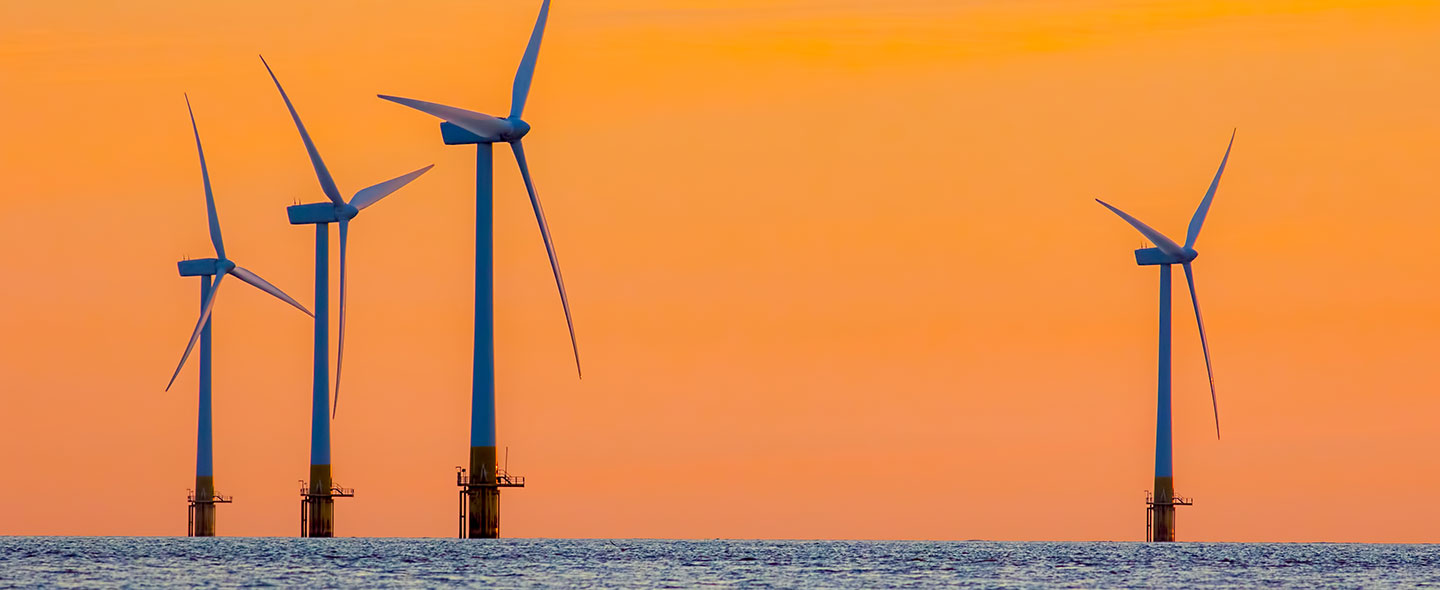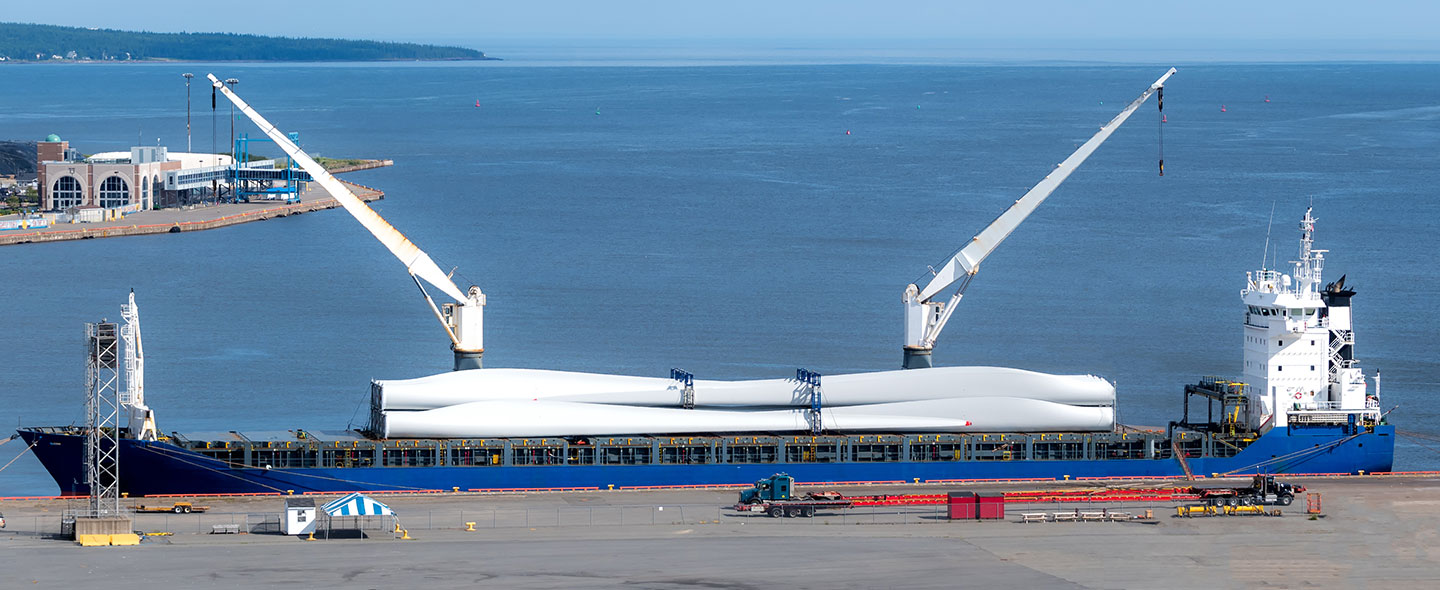The smart money generally does the talking, so if the proposed investment in recruiting key resources to support the offshore wind (OSW) power generation industry along the U.S. east coast is anything to go by, this industry is about to gain some serious traction.

There have been previous attempts to bring offshore wind to the U.S., but for a variety of reasons these projects were unsuccessful. A smart combination of new offshore drilling approaches and turbine technology improvements now available appears to have firmly gained the attention of investors, developers, and our political leaders.
While OSW has become commonplace in Europe and elsewhere, in the U.S. it began with a small pilot project, several miles off the coast of Rhode Island’s Block Island. Five turbines were erected in 2016 and have been generating electricity, which
has been providing 30 megawatts (MW) to the grid. This was intended to “whet the appetite” domestically and is the only OSW facility off the U.S. coast to date.
As of June 2020, project developers expect 13 OSW projects totaling 9,100 MW to be operational by 2026, off the Atlantic Coast scattered from North Carolina to Massachusetts. The total identified domestic OSW pipeline is estimated at 22,000 MW and the U.S. offshore wind capacity is estimated at 2,000 gigawatts (GW)—that’s almost twice our national electricity consumption.

During a recent visit to the Wind Technology Testing Center in Charlestown, Massachusetts, we had the opportunity to see a variety of tests being performed on these wind turbines. At over 100 meters long, the newest blades (typically three per tower) are longer than a football field.
Related Impacts of the Offshore Wind Industry
Although “offshore” by name, it’s important to understand the impacts of OSW to onshore infrastructure. Many of our ports, waterways, and other infrastructure don’t currently have the capacity to support the scale of the proposed
OSW development. Existing ports will need to be upgraded, waterways will need to be dredged and deepened, roads widened, and a variety of other possible infrastructure improvements to accommodate OSW.
Permitting is also key to forward momentum. The Vineyard Wind development, slated to be located off the coast of Massachusetts, is generally considered to be the permitting litmus test for the industry. This project reached a milestone in June when the
supplemental Environmental Impact Statement (EIS) was issued by the Bureau of Ocean Energy Management (BOEM). The supplemental EIS assessed the cumulative impacts of 22 GW of OSW projects currently anticipated for development on the U.S. eastern seaboard.
Vineyard Wind’s developers are targeting 2021 for initiation of construction activity.
The capacity of our power grid is another topic to consider. As new energy sources are developed, the existing transmission grid must have the capacity to accommodate the additional electrical load. Energy storage options are also being considered
for some of these projects to improve electrical load management. However, storage technology at these magnitudes is still years away and is not advanced enough to support large OSW installations. These are further challenges that must
be considered as this new energy source is becoming a reality.

New Jersey Governor Phil Murphy recently announced that $400 million has been committed to create the first port dedicated to assembling OSW turbines in the U.S. In this case there will be no bridges or other overhead obstructions between the proposed port and wind farms.
OSW is a new domestic market opening up significant industry potential, paving the way to our nation’s renewable energy goals. As more states and private entities adopt individual zero carbon goals, OSW becomes an appealing option.
- More states are soliciting OSW projects
- Project developers are advancing 19 commercial OSW projects towards grid-connection; 16 projects currently sit within the pre-construction planning stage
- Port facilities have been developed and more improvements are being planned
- Grid connection points and the associated infrastructure are also being advanced
Additional job growth opportunities will open as construction begins and infrastructure improvements in the areas surrounding the manufacturing and operational facilities are completed.
While the OSW industry faces many challenges, implementation of pilot projects like the Block Island Wind Farm and Dominion’s Coastal Virginia Offshore Wind Farm, which is approaching completion, will pave the way for scalable development of this
critical part of our domestic renewable energy portfolio in the very near future.